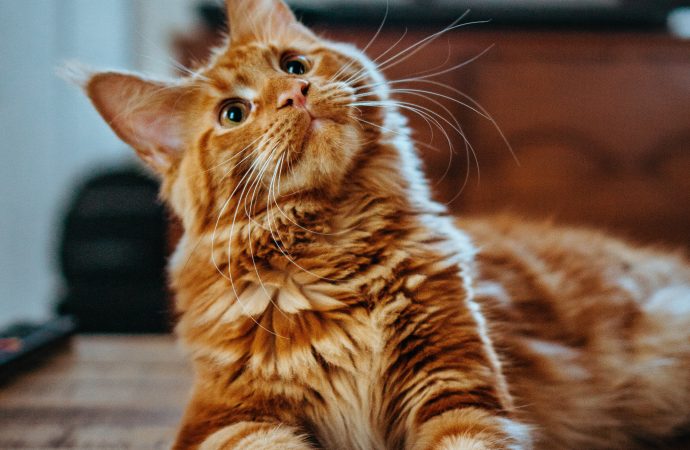Introduction: Cats are fascinating creatures with a multitude of intriguing behaviors, but one that often leaves us puzzled is their kneading behavior. Whether it’s on a soft blanket, your lap, or even your own body, cats display this rhythmic motion of pushing their paws in and out, commonly referred to as kneading. What is
Introduction:
Cats are fascinating creatures with a multitude of intriguing behaviors, but one that often leaves us puzzled is their kneading behavior. Whether it’s on a soft blanket, your lap, or even your own body, cats display this rhythmic motion of pushing their paws in and out, commonly referred to as kneading. What is the meaning behind this behavior? In this article, we will embark on a journey to decipher the feline code and demystify the intricate nature of cats’ kneading behavior.
Unveiling the Ancient Origins:
To understand why cats knead, we must delve into their ancient roots. This behavior traces back to their days as wild felines, where kneading played a vital role in survival. Kittens kneaded their mother’s abdomen to stimulate milk flow from her mammary glands. The action imprinted in their instincts, and even as adult cats, they continue to exhibit this behavior as a remnant of their early days.
Nurturing Comfort and Security:
Kneading serves as a source of comfort and security for cats. The repetitive motion of pushing their paws against a soft surface triggers a release of endorphins, promoting relaxation and a sense of well-being. It mimics the contentment they experienced while nursing, creating a soothing sensation for both physical and emotional comfort.
Territorial Marking:
Beyond comfort, kneading also has a territorial aspect. Cats have scent glands in their paws, and as they knead, they leave behind their unique scent. This serves as a means of marking their territory, signaling to other cats that a particular space or object belongs to them. It’s their way of claiming ownership and establishing boundaries.
Bonding and Affection:
Interestingly, kneading also plays a role in bonding and affection between cats and their human companions. When a cat kneads on your lap or curls up on your chest, it signifies a deep level of trust and attachment. By kneading, they are creating a cozy, secure environment while also reinforcing the emotional connection they share with you.
Individual Variations:
While there are common themes behind cats’ kneading behavior, it’s important to recognize that each feline may have its own unique style and variations. Some cats may knead more vigorously, while others may have a gentler approach. The intensity and duration of kneading can differ based on factors such as mood, environment, and individual personality.
Unlocking the Feline Code:
Deciphering the feline code of kneading requires observing the context and accompanying behaviors. Pay attention to your cat’s body language, vocalizations, and the environment they are in. Are they purring? Are they showing signs of relaxation or anxiety? Understanding the broader context can provide insights into the specific meaning behind their kneading behavior.
Conclusion:
Cats’ kneading behavior is a fascinating subject that intertwines instinct, comfort, territoriality, and emotional bonding. By unraveling the feline code, we gain a deeper appreciation for the complexity of our feline companions. So the next time your cat starts kneading, take a moment to decipher the hidden messages they are conveying and cherish the special bond you share with your feline friend.

















Leave a Comment
Your email address will not be published. Required fields are marked with *